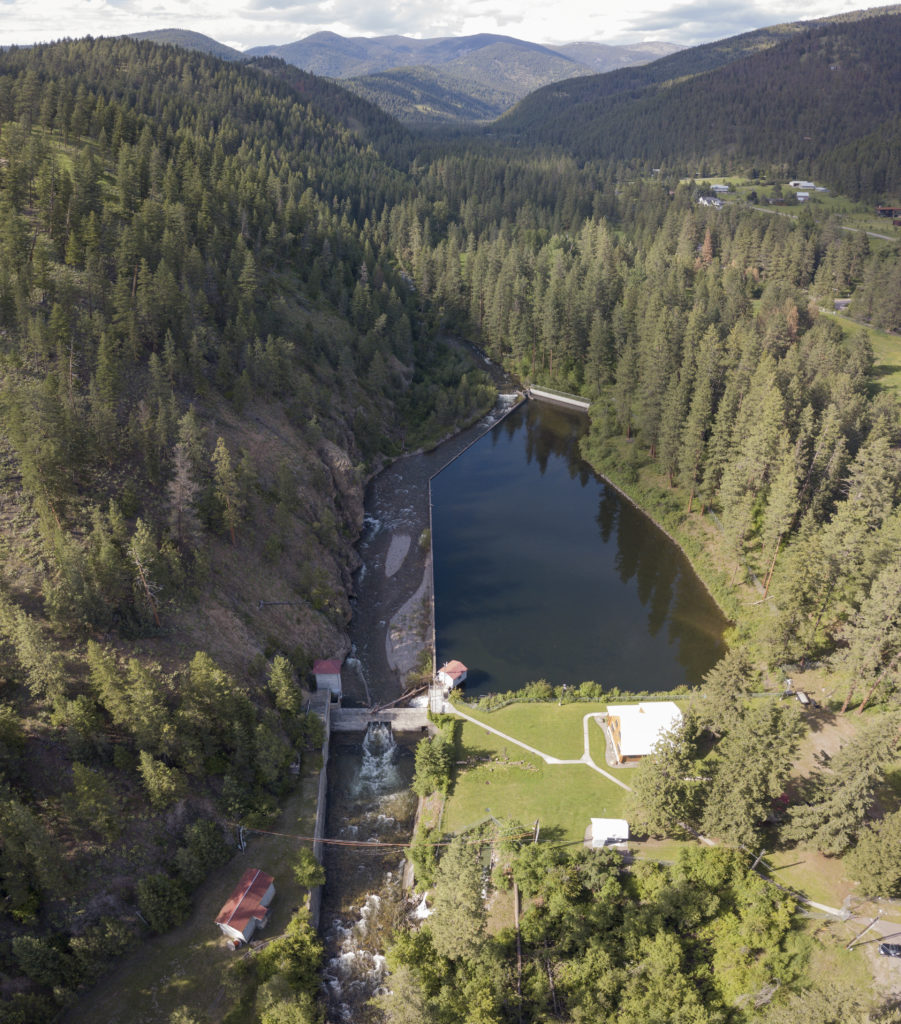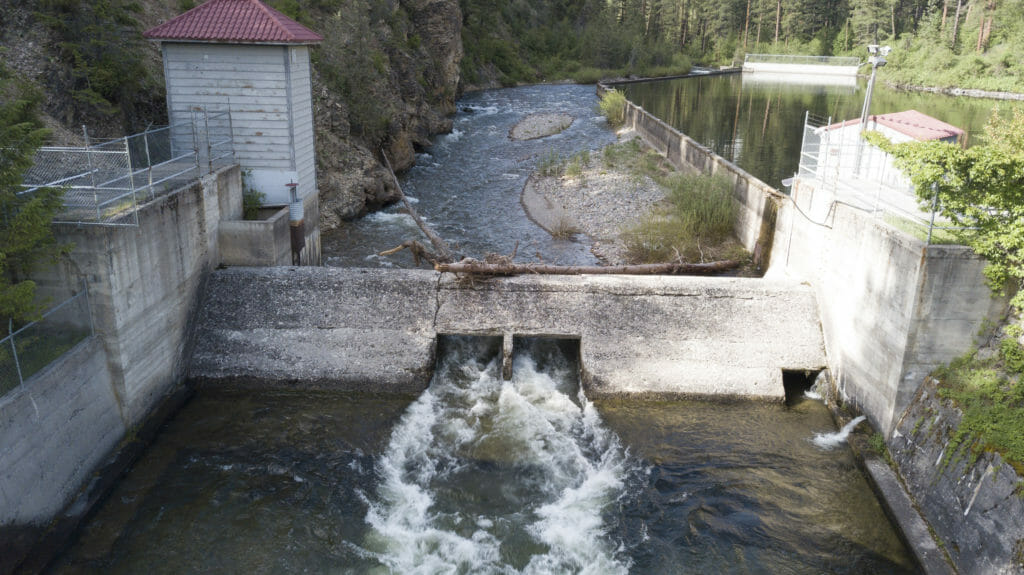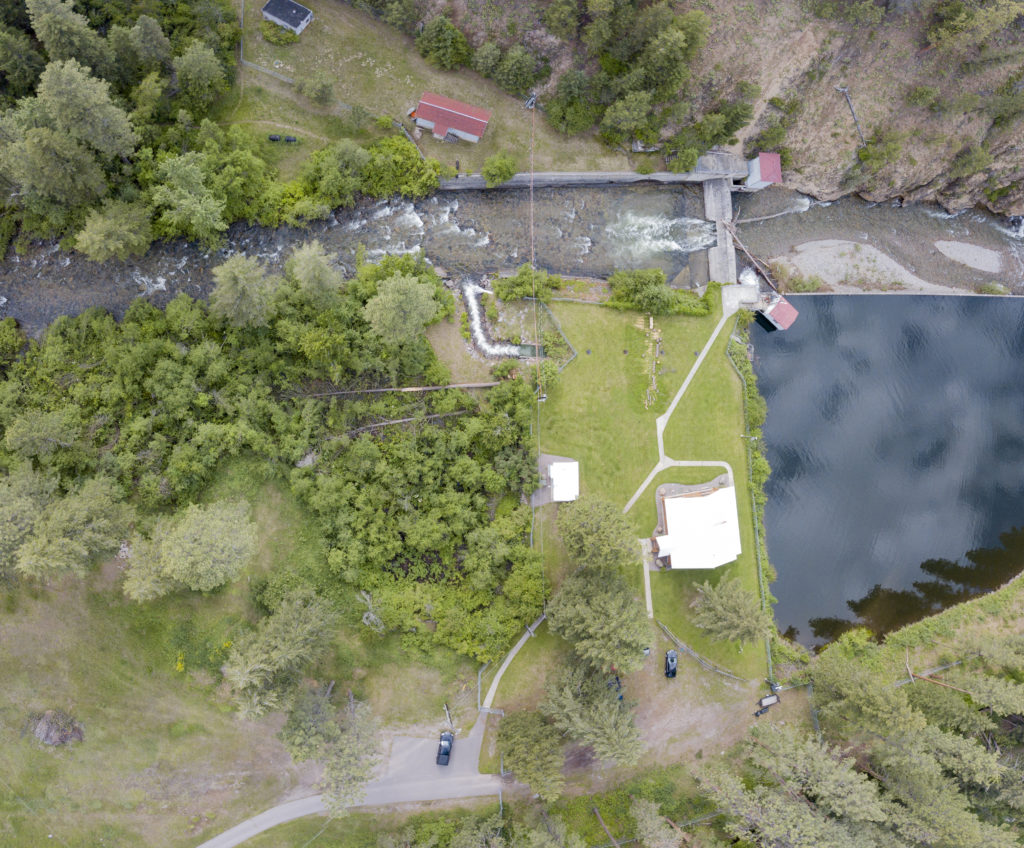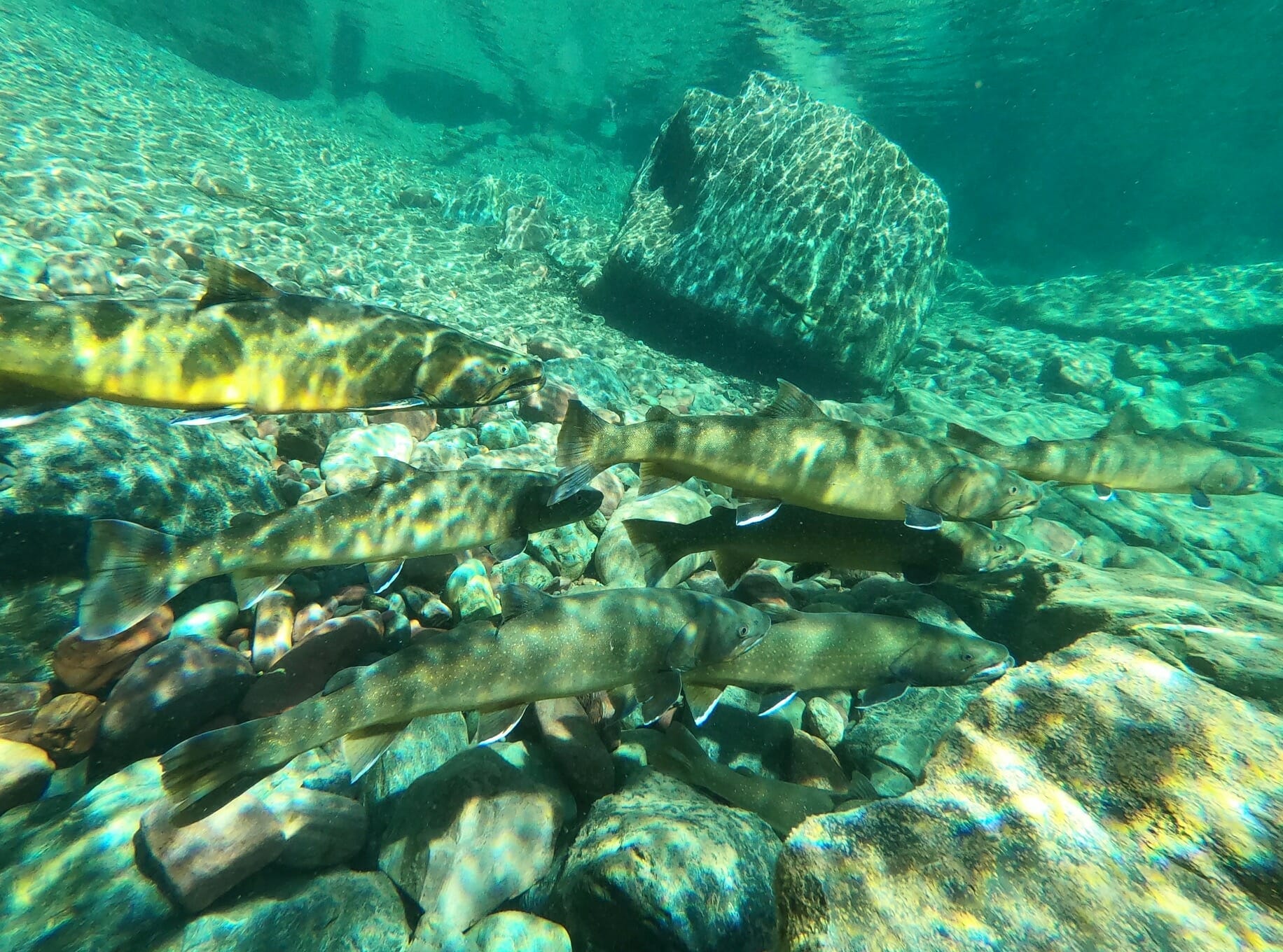Removal of Rattlesnake Dam will allow westslope cutthroat trout and bull trout full passage to historic range
By David Brooks
Spring is the most common creek name west of the 100th Meridian. East of that line, it’s Mill. Chances are, most of us have crossed, fished or floated by a Spring Creek or a Mill Creek.
I’ve often walked to the source of the Spring Creek nearest my home in western Montana. Under deep ponderosa shade, it seeps to the surface through spongy mats of bright green moss. Slaking a thin riparian ribbon along the way, it tumbles roughly five miles before joining Rattlesnake Creek not far upstream of where Montana Trout Unlimited is helping our national Trout Unlimited partners remove a dam.

One benefit to this dam removal will be to restore full passage to native westslope cutthroat trout and bull trout, both of which have spawned in this system since long before Spring or Rattlesnake creeks bore those names. Native trout restoration is critical to Trout Unlimited’s conservation mission, and the why is not always obvious. When you start asking around and reading explanations for why we value native trout in their native habitats someone reminds you of Aldo Leopold’s oft quoted mandate that “To keep every cog and wheel is the first precaution of intelligent tinkering.” There’s a problem with that machine metaphor.
Equating a natural system to a machine overlooks the fact that one evolved, in many cases without the human hand anywhere in sight, whereas the other is wholly a product of that hand. The metaphor also implies that each part, its relations to others, and the ultimate workings are fully understood.

We understand the mechanics of how the drag on a fly reel works. We are less certain about why each organism in an ecosystem is important, but research clearly makes a case for keeping native trout in their evolutionary homes. Most of that research has focused on places where non-native trout invade, if not replace native trout. Brook and lake trout provide two good examples.
When brook trout are introduced or move into western waters, they outcompete the native trout on three fronts. Brook trout achieve a greater density and biomass within streams than many trout native to the West, thus the non-natives simply consume more of the available food. And, the food brook trout eat tends to be mostly benthic insects; whereas a much higher percentage of a cutthroat’s diet comes from terrestrial bugs that land on the water. Finally, since brook trout spawn in the fall, their fry hatch earlier and are ahead on the growth curve compared to the spring spawning cutthroat.
All of these differences mean brook trout devour benthic insects, resulting in fewer aquatic organisms emerging from the water. More brook trout than native cutthroat in a system causes a cascade of effects up the terrestrial food chain. Amphibians, spiders, and songbirds, for example, suffer a diminished food source when brook trout invade cutthroat streams.

Recent efforts to suppress non-native and highly invasive lake trout from Yellowstone Lake illustrate this cascading effect that a change in native to non-native trout populations unleashes. Lake trout are similar to brook trout in the ways they outcompete Yellowstone cutthroat. Lake trout also spend most of their lives in deeper water than the natives. So, when the former replace the latter, piscivores from raptors to grizzlies fare poorly.
Yellowstone National Park biologists and partner researchers have seen a rebound in Yellowstone cutthroats, birds of prey and big bears around Yellowstone Lake soon after innovative suppression of lake trout eggs began reducing the nonnative population. Although we don’t know all the relationships, it’s clear that protecting and restoring natives helps maintain complexity and diversity.
Survivability and sensitivity are two other reasons to care for native trout. Because native trout have adapted over centuries and millennia in specific environments, they are, in many cases, more likely to survive the extremes of those places. Having passed through the crucible of a specific system’s cycles of drought, flood, and wildfire a native trout species may be more hardy than non-native fish.
Conversely, native trout are often more sensitive to physical and chemical changes in their natal waters. Thus, they perform the role of “canary in the coal mine.” While being able to survive and even thrive during and after wildfires, native Yellowstone cutthroat and bull trout are highly sensitive to chemical pollutants and oversedimentation. They are indicators of stream health. If we pay attention, they are an early warning sign of how we are treating our streams, rivers, and lakes.
As Thomas McGuane put it in “The Longest Silence”: “Whether it is the trout or the angler who is more sensitized to the degeneration of habitat would be hard to say, but probably it is the trout. At the first signs of deterioration, this otherwise vigorous fish just politely quits, as if to say, ‘If that’s how you want it’…” Well, that’s not how we want it. The need that native trout have for clean, cold water should be a mirror or reminder of our own needs for this vital resource.
Then there’s the other reason. We should consider caring for native trout not because we are intelligent tinkerers, who know how it all works and what removing one piece might do to the whole, but just the opposite. Keep them all because we don’t know. Much of our world, especially when it comes to the world of water is yet unknown. There’s still some mystery to places like the source of Spring Creek, high enough on the mountainside that it’s hard to find a weed or a bubblegum wrapper. In spite of having dubbed such places with all-too common names, we have many reasons to continue fighting for their unique, native qualities.
The piece originally ran in the Summer 2018 Montana Trout Unlimited newsletter. Rattlesnake Dam is scheduled to come down later this summer. Trout Unlimited and Montana Trout Unlimited are primary partners with the City of Missoula and Montana Fish, Wildlife and Parks in the effort. David Brooks is the Executive Director of Montana Trout Unlimited. He is based out of Missoula.



